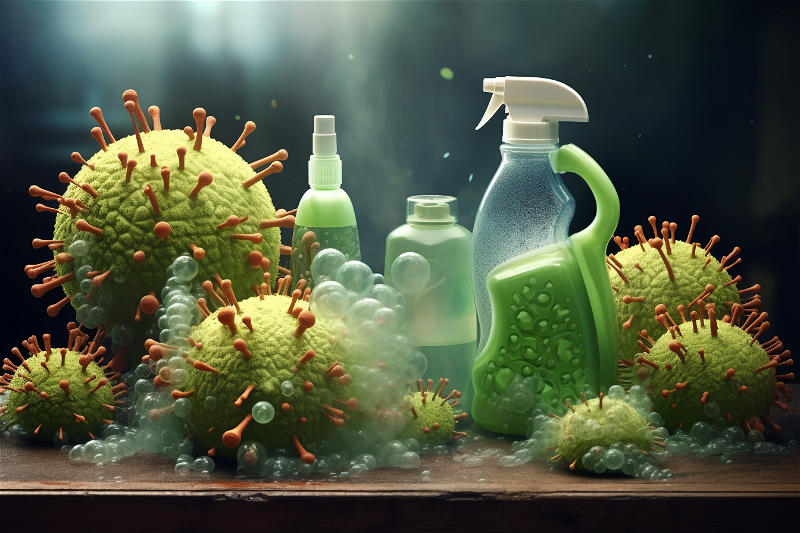I get regular emails asking me many questions about all elements of Humidity, Damp, and Mold. I thought to save everyone the hassle of messaging it would be better for me to address the most frequently asked questions in a structured FAQ. I hope you find the following information helpful in your fight against your in home humid climate.

What is humidity and how does it affect indoor air quality?
Humidity refers to the amount of moisture in the air. When indoor humidity levels are too high, it can lead to the growth of mold, dust mites, and other allergens that can negatively impact air quality and cause health problems.
What are the ideal indoor humidity levels to prevent dampness and mold growth?
The ideal indoor humidity levels should range between 30% and 50%. Higher levels can create an environment that is conducive to mold growth, while lower levels can cause discomfort and dry skin.
What are the common causes of high indoor humidity levels?
Some of the common causes of high indoor humidity levels include inadequate ventilation, poorly sealed windows and doors, leaks, and high outdoor humidity levels.
How can I prevent high indoor humidity levels and dampness in my home?
To prevent high indoor humidity levels, you can:
– Use exhaust fans in bathrooms and kitchens
– Ensure proper ventilation and air flow in your home
– Use a dehumidifier
– Fix leaks promptly
– Seal windows and doors to prevent outdoor air from entering.
How do I clean mold and prevent it from coming back?
To clean mold and prevent it from coming back, you should:
– Clean the moldy surface with a mixture of water and bleach
– Repair any leaks or water damage that may have caused the mold to grow
– Keep indoor humidity levels low
– Ensure proper ventilation in the affected area.
Are there any health risks associated with exposure to mold?
Yes, exposure to mold can cause health problems such as allergies, asthma, and other respiratory issues. People with a weakened immune system, such as children, elderly, and people with pre-existing health conditions, are at a higher risk of developing health problems related to mold exposure.
How do I know if I have a mold problem in my home?
Signs of a mold problem include visible mold growth, musty odors, and health problems such as allergies and respiratory issues that can be attributed to mold exposure.
Can I remove mold myself or do I need to hire a professional?
Small mold outbreaks can often be handled by homeowners, but if the outbreak is extensive or if you have a weakened immune system, it is recommended to hire a professional for proper remediation.
Can air purifiers help with mold and humidity problems in my home?
While air purifiers can help remove mold spores and other allergens from the air, they are not a substitute for proper humidity and mold control. The best approach is to address the root cause of the mold problem, such as high indoor humidity levels, and to prevent it from reoccurring.
Can mold grow in cold temperatures, such as during winter?
Mold can grow in a variety of temperatures, but it grows best in warm, moist environments. However, if you have leaks or high indoor humidity levels, mold can still grow during the winter months.
Can mold cause structural damage to my home?
Yes, mold can cause structural damage to your home if it is allowed to grow and spread unchecked. Mold can cause wood rot, weaken building materials, and in extreme cases, even cause walls to collapse.
Is it safe to live in a home with mold?
Living in a home with mold can cause health problems, especially for people with weakened immune systems. If you suspect mold in your home, it is important to address the problem as soon as possible to minimize exposure and prevent health problems.
Conclusion
In conclusion, managing humidity, damp, and mold in the home is important for maintaining good indoor air quality and preventing health problems. By following these simple tips and taking steps to prevent high indoor humidity levels, you can keep your home mold-free and healthy.






